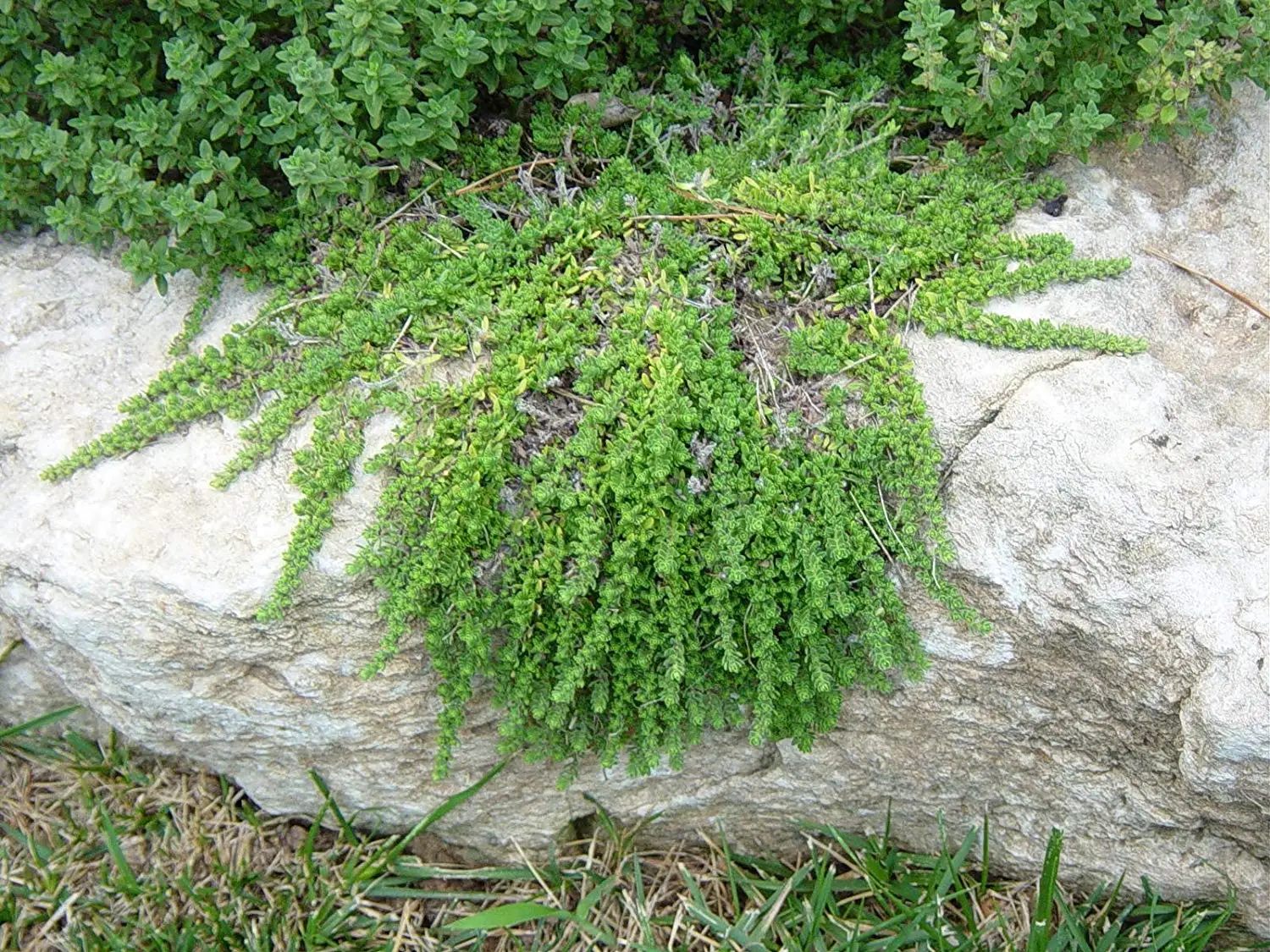

Lemon thyme or Thymus x citriodorus is one of the most edible of all creeping thymes. The leaves smell like tangerines and are entirely edible. Thymus Caespititius flowers from July to August with flowers that range in color from rose to lilac to white. This herb is a native of Portugal, Azores, and Northwest Spain. It thrives in far less cold-tolerant places than many of the other varieties. Thymus caespititius or Cretan thyme is a low growing, creeping thyme growing up to 4 inches tall and 1 foot wide. It has pale lavender flowers that grow up to 4 inches tall and spread to about 12 inches.Ĭaraway thyme was traditionally used to season beef barons in England it was also used with soups and vegetables to complement garlic well. The leaves of this plant are more elongated than the other varieties.ĭepending on the size of your garden, the caraway thyme does not offer that look that many creeping thymes do, and many gardeners desire. This species of creeping thyme can be used as a substitute for caraway. Its real name is herba-barona and is native to Corsica, Sardinnia and Majorca. This is a species of thyme with a strong caraway scent. Wooly thyme is the least fragrant thyme and least suitable for culinary uses among all the creeping thymes. The flowers form along the branch and do not send up flower spikes. It produces pink flowers blooming from June to July and growing only in zone 5-8 but might need protection in zone 5. The plant does not grow off the ground instead remains a thick short piled carpet.

It is native to Southern Europe, grows about 3 inches tall, and spreads from 12 inches to 3 feet. It is one of the several species of creping thymes that has hairy and wooly leaves. Wooly Thymeįormally known as Thymus Lanuginoss, it is classified as praecox subspecies wooly thyme. After it flowers, you can trim it slightly back to get rid of spent blooms and maintain a neat appearance. This variety can spread up to 18 inches wide and is one of the most drought-tolerant varieties. Pink Chintz has fuzzy leaves and grows at least 1 to 2 inches tall with salmon-pink flowers in early spring. Its flowers are generally purplish white. This variety is slightly cold-resistant than the Serphyllum type and blooms from June to September. It has several subspecies and cultivars that may not have the flavor that you would expect. Thymus praecox is helpful for cooking and has a scent that resembles oregano. Read more about Things You Need to Know About Greece National Flower – Best 6 Tips Thymus Praecox In Greece, wild thyme honey is a delicacy that is much loved. While all thymes are known for good nectar that bees love, the Serpyllum is much loved by bees. This type grows wild in the rocky soils of North Africa and Southern Europe. 02 to 0.3 inches with a thickness of 5 dimes. These plants grow up to 3 inches tall, and the leaves are generally. The Serphyllum blooms between July and August and does well in USDA hardiness zone 4. This type has brighter colored leaves that are purple to lilac or pink. This variety is also known by Breckland thyme, wild thyme, mother of thyme, pink chintz, creeping thyme, or mauve creeping thyme. Let’s dive right in and learn about a variety of creeping thymes.

Before you get creeping thyme for planting from your local nursery, it’s best to know what type of creeping thyme to plant.


 0 kommentar(er)
0 kommentar(er)
